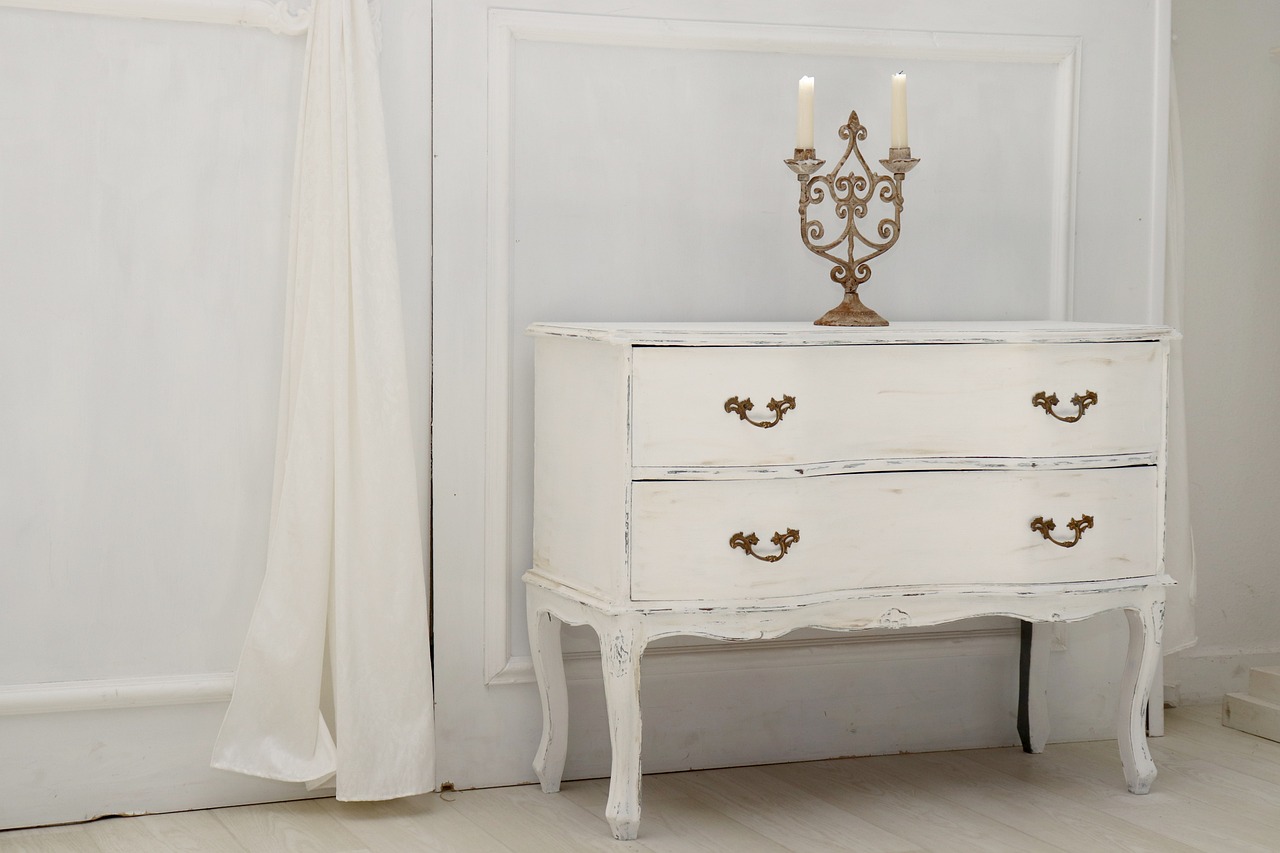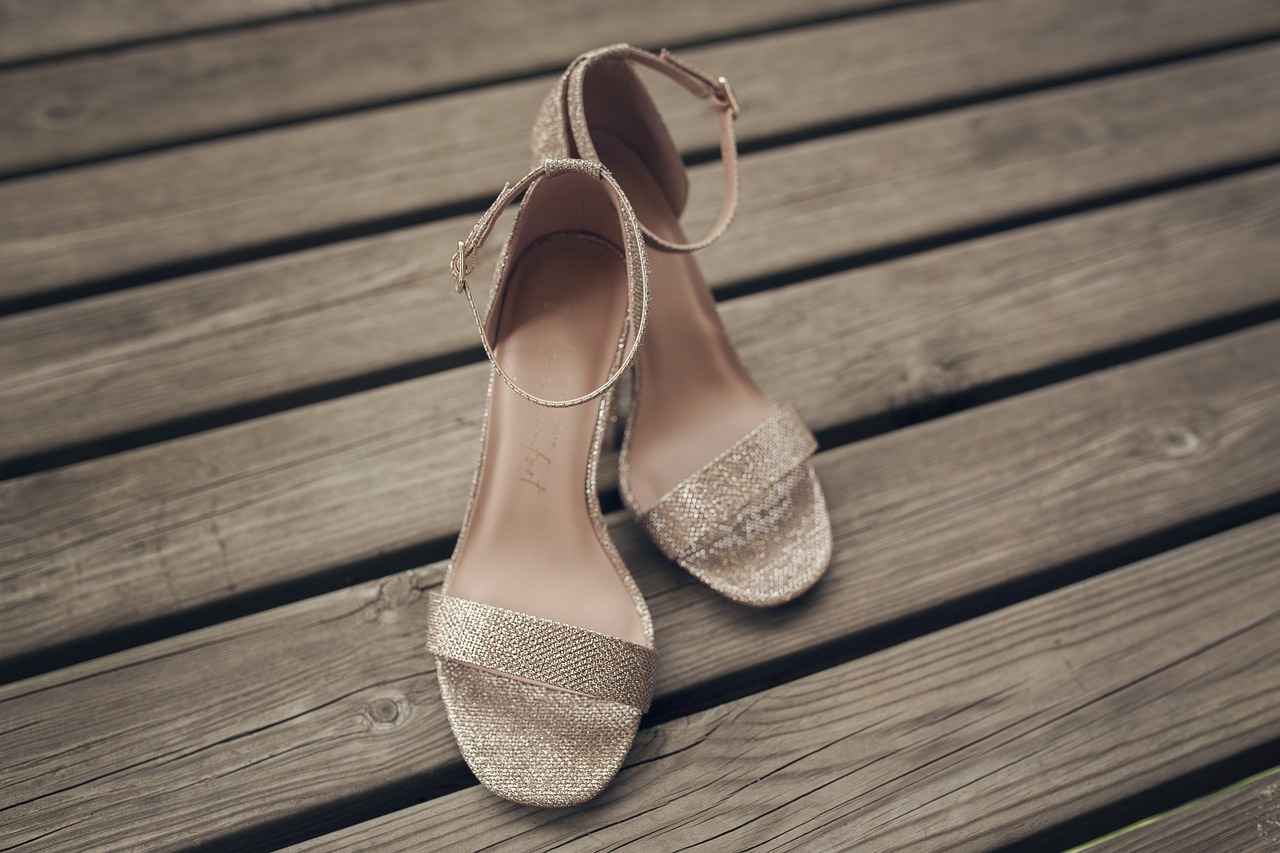There is nothing quite like the feeling of wearing an outfit that fits your body perfectly. The difference between an off-the-rack item and one that has been tailored just for you is transformative—it boosts your confidence, enhances your silhouette, and makes you look effortlessly polished. No matter your body shape, tailoring your clothes to achieve the perfect fit is a secret weapon that can elevate your style from average to impeccable. In this guide, we will explore the secrets to achieving a perfect fit through tailoring, providing you with tips and tricks to make every piece of clothing look as if it was made just for you.
Understanding the Basics of Tailoring
Tailoring is all about making adjustments to garments so that they fit your body better. This could involve taking in seams, hemming pants, adjusting sleeves, or even altering the structure of a garment to suit your proportions. It’s important to remember that not all clothes will fit perfectly straight off the rack, because clothing is typically manufactured based on standardized sizes that don’t consider individual body shapes. Tailoring is the solution to bridging the gap between what’s available in stores and what works best for your unique body.
The first secret to mastering tailoring is understanding your body type. Knowing whether you have an hourglass figure, a rectangular shape, or a pear or apple silhouette will help you identify which adjustments are necessary to achieve a flattering fit. For example, if you have a smaller waist compared to your hips, taking in the waistband of trousers or dresses is a common alteration that can help accentuate your shape.
Invest in a Trusted Tailor
The most important step in achieving the perfect fit is finding a trusted tailor. An experienced tailor will understand the nuances of different fabrics, garment structures, and body types. While many people shy away from tailoring because of the added cost, it is an investment that pays off in the long run. The right tailor will make your garments look more expensive, give you confidence, and extend the life of your clothes.
If you’re unsure where to start, ask for recommendations from friends or family members who have experience with tailoring. Reviews and word of mouth are often the best way to find a skilled professional. Once you find a tailor you trust, build a relationship with them—they will come to understand your preferences and be able to recommend the best alterations for your style and body type.
Tailoring the Key Garments in Your Wardrobe
Not every item in your wardrobe needs to be tailored, but certain key pieces benefit greatly from customization. Let’s take a look at some of the garments that can be significantly improved with tailoring:
- Blazers and Jackets: Blazers and jackets often come in standardized sizes that don’t fit every body type. The shoulders are the most critical area for fit—if they’re too big or too tight, the entire garment can look off. However, once you find a blazer with a good fit in the shoulders, a tailor can easily adjust the waist, sleeves, and length to create a more flattering silhouette.
- Trousers and Jeans: Pants are one of the trickiest items to buy off the rack, especially when it comes to length and fit around the waist and hips. Hemming trousers to your ideal length is an easy fix that makes a huge difference. Additionally, if you struggle with gaping at the waistband, a tailor can take in the waist so that your trousers or jeans hug your body perfectly.
- Dresses: Whether it’s a casual sundress or a formal evening gown, dresses often need tailoring to achieve the best fit. Taking in the waist, adjusting the bust, or even hemming the length can make a dress go from “okay” to “wow.” If you find a dress you love, but it doesn’t fit quite right, don’t be discouraged—tailoring can make it work for you.
- Shirts and Blouses: Baggy shirts can sometimes work for a casual look, but if you want a more polished appearance, having your shirts tailored is the way to go. Bringing in the side seams and adjusting the sleeves will make a blouse look crisp and professional. For button-down shirts, tailoring ensures that there are no awkward gaps between buttons, particularly around the bust area.
Know the Limits of Tailoring
While tailoring is a powerful tool for achieving a perfect fit, it’s also important to understand its limitations. Not every garment can be altered to fit perfectly, and certain fabrics or styles may not lend themselves well to major adjustments. For example, items that are significantly too large may not be worth tailoring, as altering them would require reconstructing the garment, which can be costly and may not result in the desired look.
Similarly, fabrics like leather, heavy knits, or sequined materials can be challenging to work with and may limit the alterations that can be made. It’s best to consult your tailor before purchasing items that would need extensive adjustments to determine whether the alterations are feasible.
Fit Versus Comfort
When tailoring clothes, it’s important to find a balance between fit and comfort. Clothes that are too tight can be uncomfortable and restrictive, while overly loose garments may look sloppy. The goal of tailoring is to achieve a fit that flatters your body while allowing you to move comfortably.
For example, trousers should have enough room in the hips and thighs for you to sit and move with ease, while blazers should allow you to comfortably cross your arms without feeling constricted. A skilled tailor will be able to make adjustments that enhance your figure without sacrificing comfort, ensuring that your clothes fit well and feel great.
The Importance of Proportions
Proportions are key when it comes to tailoring. For instance, the length of a jacket or skirt can significantly affect how tall or short you appear. Petite individuals may want to shorten jackets to avoid looking overwhelmed by fabric, while taller individuals might prefer to lengthen certain items to maintain balance in their outfit.
Paying attention to sleeve length is also crucial—a blazer or coat with sleeves that are too long can make you look like you’re wearing someone else’s clothes. The ideal sleeve length is one that allows about half an inch of your shirt cuff to peek out when your arms are at your sides. Similarly, trousers should be hemmed to graze the top of your shoes without bunching excessively at the ankles.
Small Changes Make a Big Difference
Sometimes, even the smallest tailoring adjustments can make a huge difference in how a garment looks and feels. For example, adding darts to a shirt can create a more tailored, flattering fit, while adjusting the length of a hemline can make a dress more appropriate for your height and proportions. Don’t underestimate the power of minor alterations—these small changes can elevate your entire look.
Another simple adjustment is replacing basic buttons with more interesting ones. Swapping out plain buttons for something unique can add a touch of personality to your garments and make them look more expensive. This is a quick and affordable alteration that can give your clothing a custom feel.
Tailoring for Special Occasions
Special occasions often call for special outfits, and tailoring is particularly important for formalwear. Whether it’s a wedding, a gala, or an important work event, having your formal attire tailored ensures that you look your best. Gowns, suits, and tuxedos should all be adjusted to fit your body perfectly, as these garments are meant to create a polished, elegant appearance.
For dresses, alterations might include adjusting the straps, taking in the waist, or hemming the length so that it works with your shoes. For suits, tailoring involves ensuring that the jacket fits well in the shoulders, the sleeves are the right length, and the trousers are hemmed properly. The goal is to create a look that is sophisticated, comfortable, and perfectly suited to the occasion.
Making Tailoring Part of Your Routine
Tailoring doesn’t have to be reserved for special occasions or expensive clothing. Making alterations part of your routine can help you get the most out of your wardrobe. Even affordable, fast-fashion items can look high-end when they are tailored to fit you properly. Instead of buying new clothes every season, consider taking your existing pieces to a tailor to give them new life.
If you’ve recently lost or gained weight, tailoring is a great way to make your current wardrobe work for your new body. Simple adjustments can make your clothes fit better and feel more comfortable, saving you money in the long run. Additionally, tailoring helps reduce waste by allowing you to continue wearing clothes that might otherwise be discarded.
With these secrets to achieving a perfect fit, you can transform your wardrobe into a collection of pieces that truly work for you. Tailoring is an investment in yourself—it helps you feel confident, comfortable, and perfectly put together, no matter the occasion.















